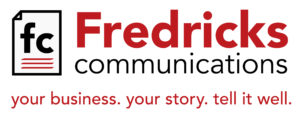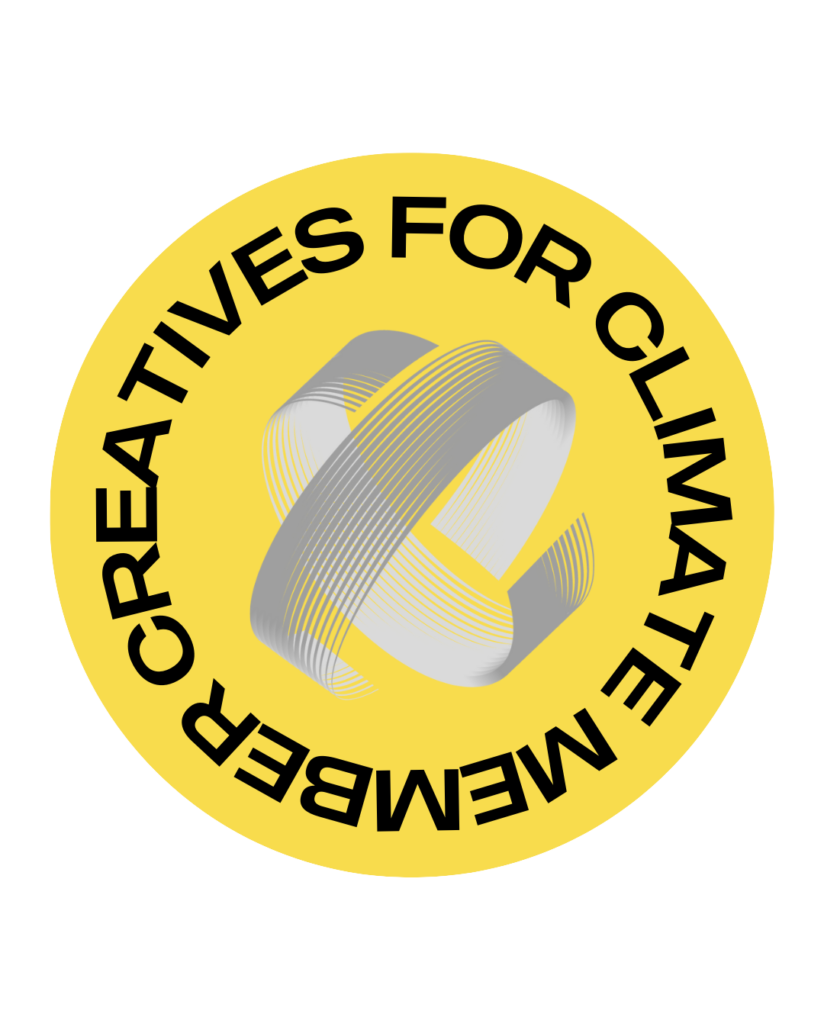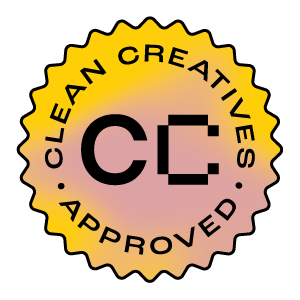Why, How and Other Questions About Writing a Press Release
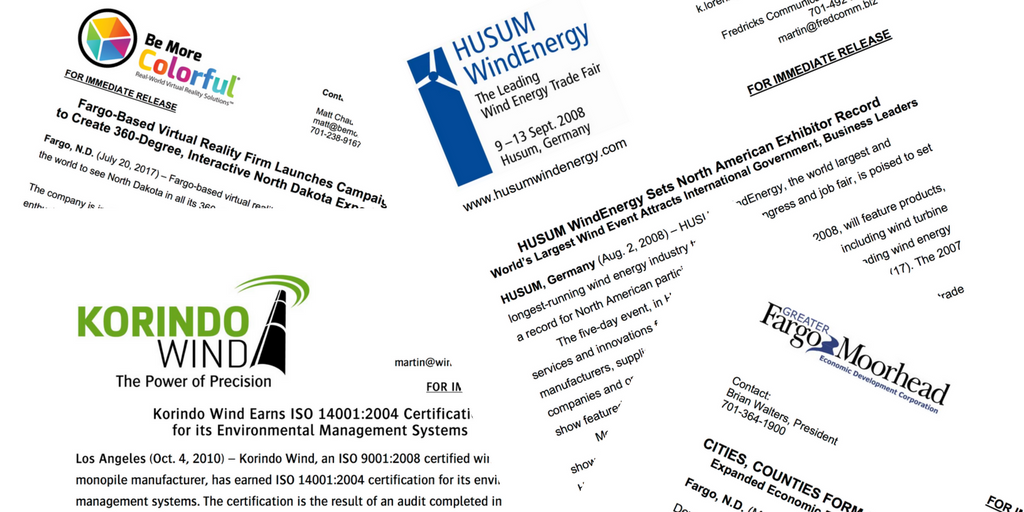
One of the most basic tools of marketing is the press release. With a well-thought-out, well-written release that’s thoughtfully distributed, you can gain extra exposure for your company, product or service.
So how do you do it?
First Thing’s First
This post assumes that, before you even start thinking about a headline or lede (we’ll get to that in a minute), you’ve done all your research, gathered all the pertinent information and interviewed the right people.
Why?
The most important questions for a press release, just like a news story, are Who?, What?, Where? When?, Why? and How? We’ll also get to those in a minute, too.
Right now, I want to focus on a different Why? –
Why write a press release at all?
There are lots of answers to that, beginning with the obvious one, to get more sales. It’s true that a well-written and well-placed press release can garner extra exposure for your brand, your products and your services. It can also be a step in a longer process that ultimately leads to more sales.
But here’s an even better answer: do it right, and aside from a relatively modest investment in time and/or money, the exposure for your brand, your products and your services will be FREE.
Unless I’m sorely mistaken, that’ll sound pretty doggone good to every business owner and marketing manager on the planet. And it’ll sound like angels from heaven if your business has limited funds for marketing.
Reasons for Press Releases
I’ve written all kinds of press releases during my career. Here are just a few types:
- New company / organization
- New facility / location
- New president / CEO / manager / employee
- New product/ service
Improved product / service - New money- or time-saving process
- Annual report release / annual meeting announcement
- Official statements
- New company / organization name
- Event
- Endorsement
The most important thing about any of these types of releases is what’s called the “news hook.” This is the result of one or more of the answers to the previously mentioned Who?, What?, Where? When?, Why? and How?
Which brings us to what’s called the lede. (That’s journalistic jargon for lead, or first, paragraph. By the way, never use industry jargon in a press release.)
The 5 W’s and the H
My background is in journalism, and I’ve found it’s useful, not to mention effective, to craft press releases in the same way I would a news story.
Now, finally, about the Who?, What?, Where? When?, Why? and How? and the answers that will establish newsworthiness.
- Who – Who is the newsmaker? Who did something worth reading about (think person or company) or to whom did the news happen (think earthquake or wildfire)?
- What – What did that person or company do that’s worth knowing?
- Where – Where did it happen?
- When – When did it happen?
- Why – Why did the person or company take this action?
- How – How’d they do it?
You don’t necessarily have to include all of the 5 W’s and the H in your lede all the time. In fact, including them all in your lede will make for a mighty long paragraph. For example, sometimes where something happened isn’t crucial to a reader’s understanding of the story, i.e., the message you want to convey. If that’s the case, leave it out. Same goes for any of the other 5 W’s and H.
Other Newsworthiness Cues
There are other criteria, but in my experience they almost always come right back to one of the 5 W’s or the H.
Search the Web for “newsworthiness” and thousands of entries come up. The answer in a blog post from the State University of New York, Nassau Community College is as good as any. Here are some of its criteria, paraphrased for our purposes:
- Impact – How many people are affected, and to what extent?
- Proximity – Is it happening close to the audience, either geographically, demographically or in terms of industry sector?
- Timeliness – Old news stinks like the proverbial fish wrapped in yesterday’s newspaper. If your press release isn’t relevant right now, don’t waste your time writing it.
- Prominence – People like to know what the big names in their industries are up to, whether the big names belong to people or companies.
- Novelty – “Firsts,” “lasts” and “onlys” are news. New products, services, and in public relations, new BENEFITS, are all newsworthy.
- Audience – Which of your target markets are you trying to reach?. If it’s not going to be news to them, don’t bother.
With those answers in mind, you’re ready to tackle the all-important paragraph.
The Lede
This is where you either hook or lose your two most important audiences:
- Gatekeepers – Editors, news directors, bloggers and anyone else who will decide whether they’re going to run your release, or some edited version of it, in their publications or on their sites.
- Target Market Members – The people you actually want to reach with your message – customers, prospective customers, investors and other stakeholders.
Think about it. With all the messages each of us is bombarded with every day, hour, minute and, with our mobile devices, every single second, you’d better make the first sentence or two pretty doggone compelling or you’ll lose the reader you so dearly want to influenece.
You need to grab attention, and that’s the job of a good lede. Keep it clear, concise and interesting – creativity can come in here, too – and make sure you give them the most important information first. That might be all they read.
Which brings us to release structure….
Upside Down is Rightside Up
You want people who read your release to take something away from it, preferably that’s going to help you form a stronger relationship with them. It needs to convey that your product, service, company or organization is better, easier to use, less costly, more deserving of their support and so on.
They have very little time; when they see your release in their favorite trade pub or online, they might read the headline and the first sentence or two.
If those are good, really good, they might read on. If they’re not, they probably won’t.
Given that, it’s critical that you start with the most important information first, in your lede. Continue with important, but not key, information in the body, along with supporting or clarifying information. Save your brand / company description or overview (known as “company boilerplate”) for the end.
Coincidentally, this is exactly what your first audience – the gatekeepers – want. They’ve been trained to write, edit and judge the quality of news stories in exactly the same way.
It’s called the inverted pyramid –
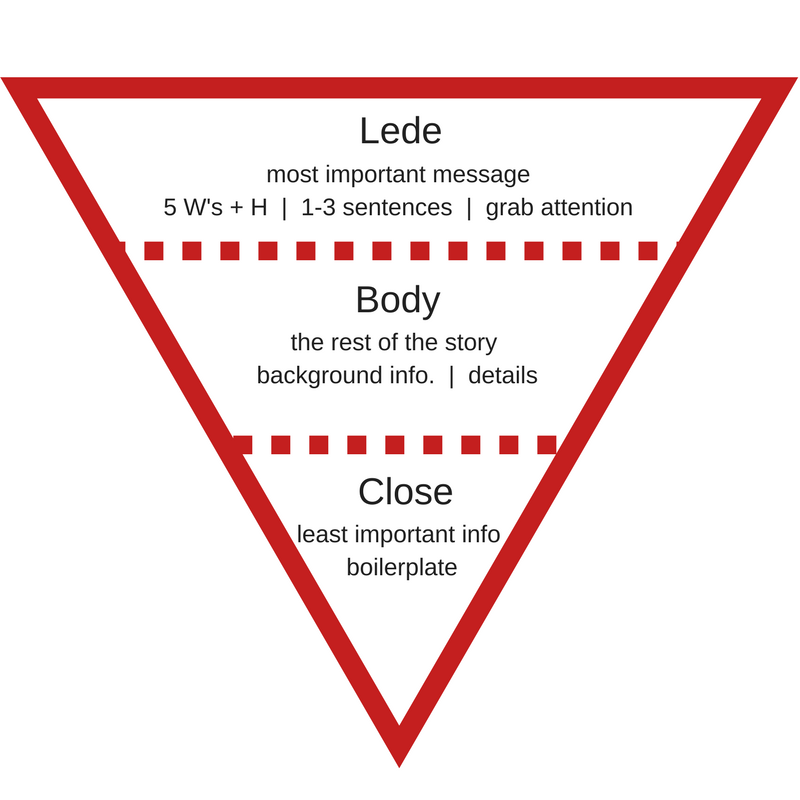
The Workhorse of Your Release
What doesn’t show up in the inverted pyramid is the headline.
Send a release with a bad headline, and the gatekeepers are going to toss it in the round file.
To get them to read on – to sneak one past the goalie – make sure you dedicate enough time to writing a good headline.
In my experience, the best headlines are straight-forward, factual and clear. There’s always room for creativity, but don’t get too fancy. If there’s ever a question in your mind, stick with the facts.
I usually wait to write the headline until the very end of the process. By that time, I have a really good feel for what’s in the release and how it flows, so I’m more apt to come up with a better headline. It might be different for you, with the headline you develop setting the stage for writing the press release.
Do whatever works to get you where you want to go – an attention-grabbing headline.
And don’t sweat it if a gatekeeper changes it. This happens all the time. What’s most important is your release makes it into print or online.
The Goalies
Editors, news directors and bloggers deserve a few more words.
As the gatekeepers to their audiences, they take their responsibilities very seriously.
If they don’t like your release, for whatever reason, they won’t run it and you won’t get to the audience you really want to reach – your customers, potential customers and other stakeholders. If you haven’t demonstrated newsworthiness for their audiences, your lede is buried in the fourth paragraph, you haven’t followed their preferred style and it’ll take too much time to fix it, you’re trying to get more news about something they’ve already written about before, hello circular file.
Aside from a good headline and a great lede, you can get closer to their good sides by making it easy to find key information:
- Company logo and your contact information at the top.
- A dateline. This is a line at the top of your release, usually right in front of the first sentence, that includes the place and date the release was written and allows the gatekeeper to find that information immediately.
- A release instruction, i.e. FOR IMMEDIATE RELEASE or FOR RELEASE NOV. 3, 2018.
- Proper grammar and make sure you’ve spelled everything correctly.
- Proper style, such as Chicago or Associated Press. (The vast majority of publications and editors I’ve run into over the years have followed AP.)
- Information flow. Make sure each paragraph is connected to the previous one with transition statements, that all the paragraphs related to one point, product aspect or service benefit are grouped together, and that it’s easy to read and understand.
These examples of releases Fredricks Communications has done for clients should give you an idea of what I’m talking about:
- Be More Colorful Kickstarter Campaign
- SnowWolf QuattroPlow HD Release
- Korindo Wind, First-Time Tower Production
Who Again?
Let’s focus on a different Who? for a second, as in Who is going to write this press release?
Truth is, writing press releases isn’t difficult. Anyone who knows what they’re doing can get it done.
The real question is how good, and how effective, do you want your release to be?
If you want to sneak your release past the gatekeepers into the hands and heads of your target markets, and ensure the information sticks once it’s there, I recommend working with a professional PR writer.
If you decide to write your press release yourself and run into a snag, give me a shout.

